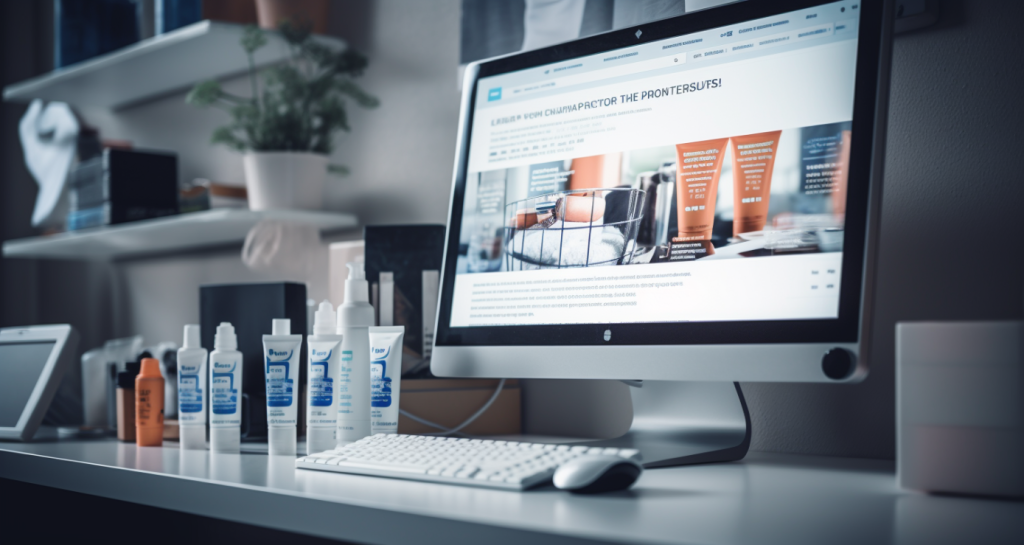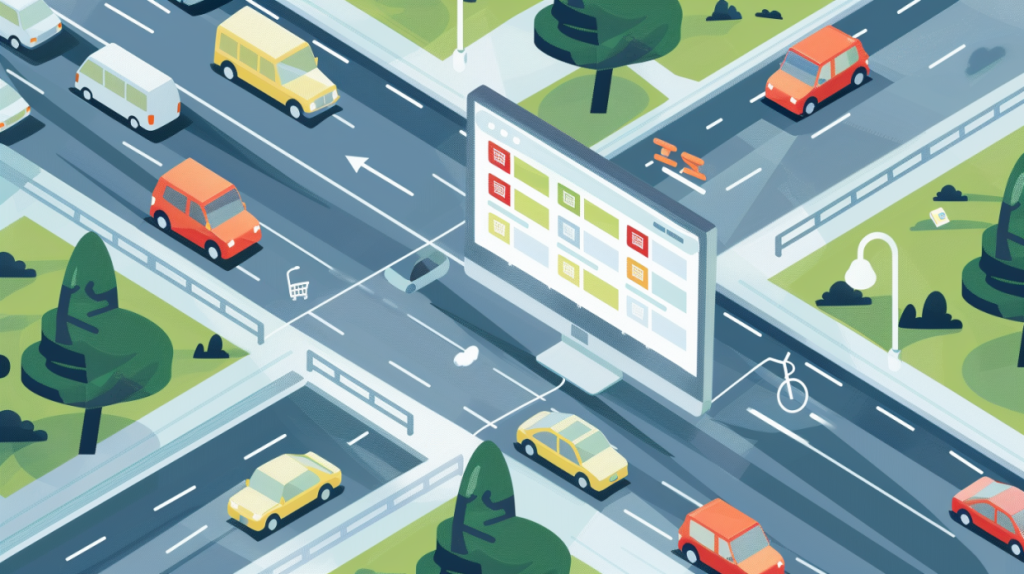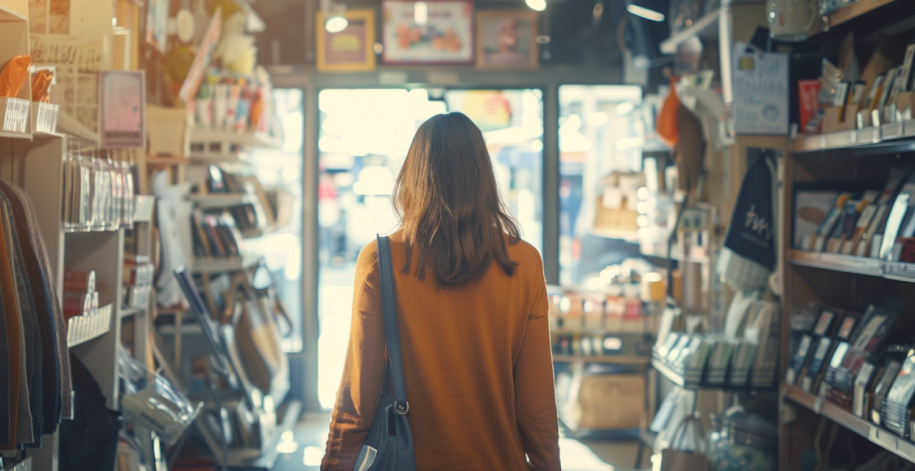Imagine you walk into a brick-and-mortar store and find that the layout is chaotic, the aisles are disordered, the products are difficult to locate, and the associates are unresponsive. Or something very relevant, the self checkout is broken! Would you recommend this store to your friends? Probably not. In fact, chances are you probably would leave and head to another store to make your purchase. Now imagine it’s a website…
User Experience (UX)
User experience (UX) reigns supreme when it comes to web design. Just as a disorganized brick-and-mortar store can deter customers, a poorly designed website can drive visitors away and harm a company’s reputation. Prioritizing user-centric design principles is essential for creating engaging and effective online experiences.
Need help organizing your site? We love this stuff! Contact us HERE.

Consider this scenario:
You visit a website and encounter a cluttered homepage, confusing navigation, and a lengthy checkout process. Frustrated by the lack of organization and user-friendly features, you quickly abandon the site in search of a more seamless experience elsewhere. Then the user lands on Amazon. This scenario illustrates the importance of prioritizing user experience in web design.
Whether you’re a retailer, financial advisor, musician, or landscaper, your website serves as a virtual storefront and a vital tool for connecting with customers. A well-designed website should feature a simple and visually appealing homepage, intuitive navigation menus, and a streamlined checkout process to enhance usability and encourage conversions.

Functionality is Key
In addition to aesthetics, functionality is key in 2024. Mobile responsiveness, fast loading times, and accessibility features are no longer optional but essential components of modern web design. With an increasing number of users accessing websites via mobile devices, it’s crucial to ensure that your site is optimized for a variety of screen sizes and devices.
SEO and Backlinking
Furthermore, search engine optimization (SEO) and backlinking strategies play a significant role in driving traffic to your website and improving its visibility in search engine results. By incorporating relevant keywords, optimizing metadata, and acquiring backlinks from reputable sources, you can enhance your site’s search engine rankings and attract more organic traffic.

Ultimately, the success of your website hinges on its ability to provide a seamless and enjoyable experience for visitors. By prioritizing user-centric design principles, staying updated on the latest trends and technologies, and continuously refining your website based on user feedback, you can create a digital presence that engages and delights users while driving business growth.
Need help building a website? We love this stuff! Contact us HERE.

